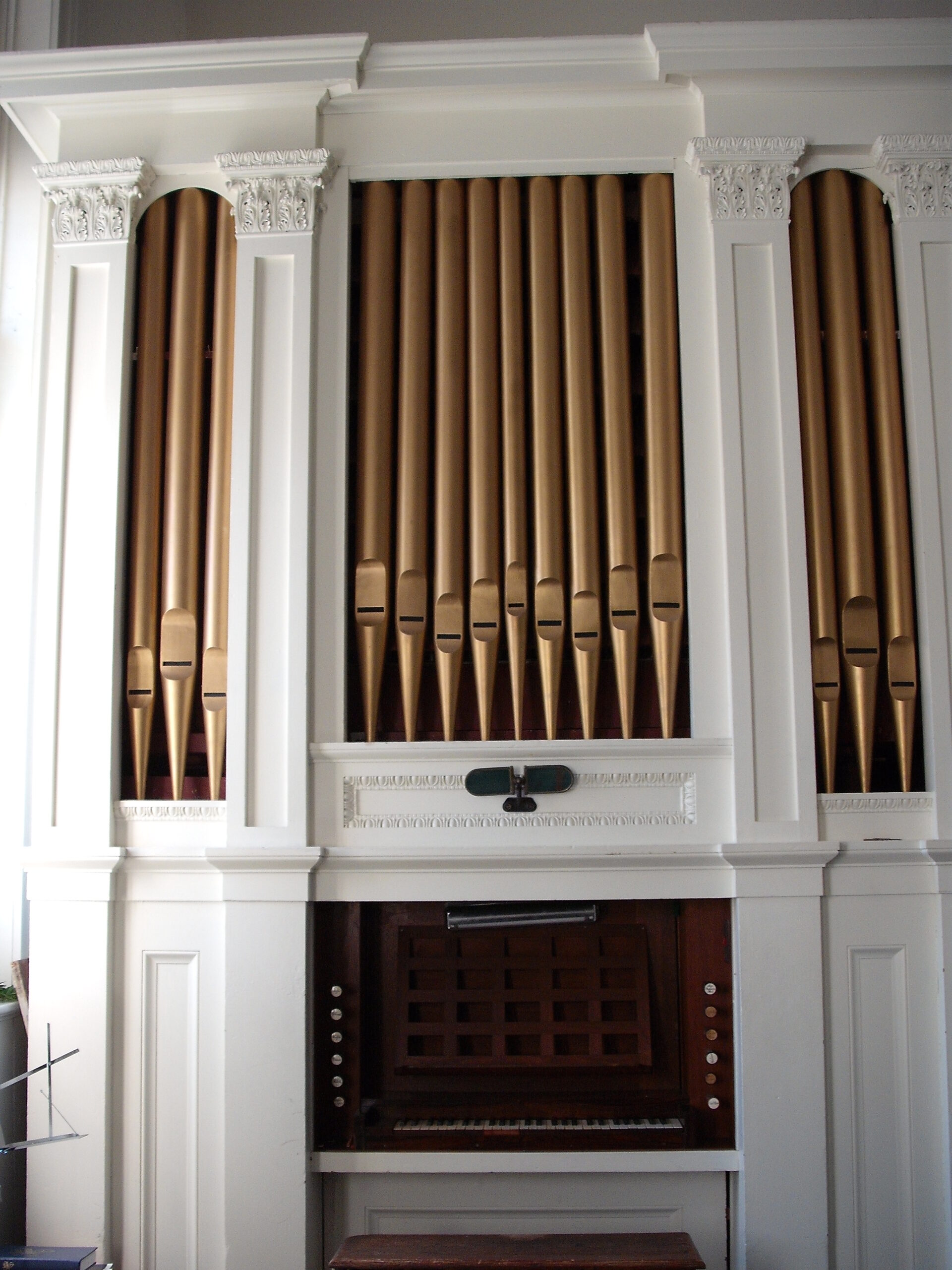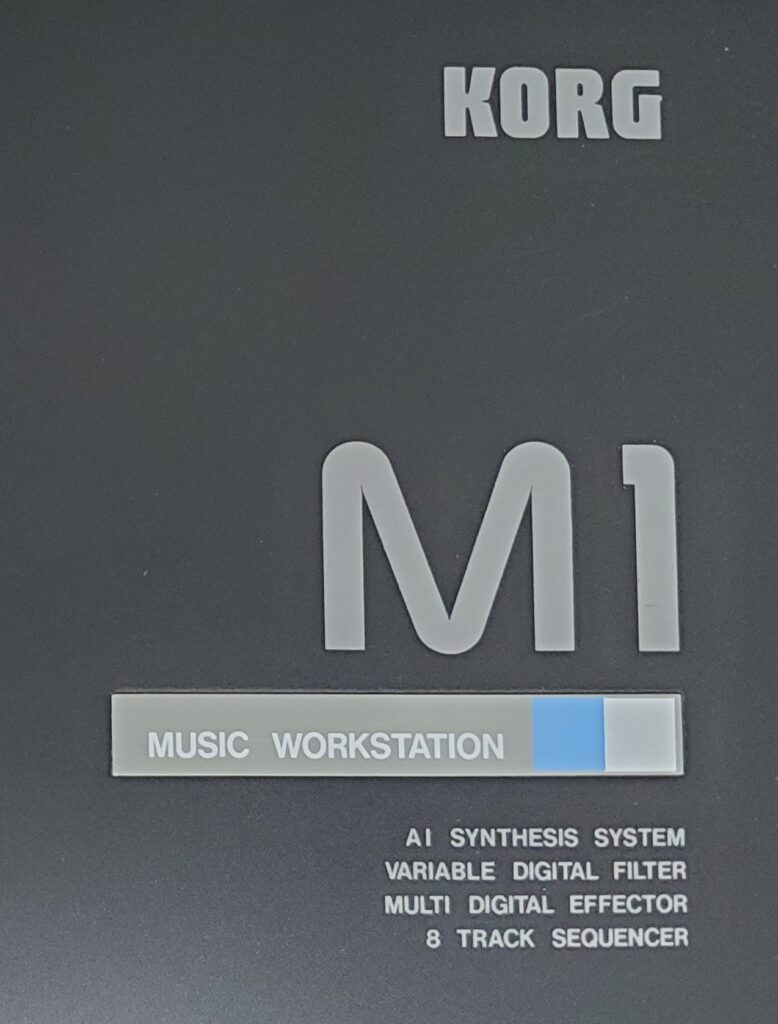
The idea is simple; achieving the desired result, however, is an entirely different matter. The question being, is it possible to produce any sound you can imagine from a single instrument? Instrument makers have answered this question with a certain level of success over the years, and with today’s technology, it is possible to have just about every conceivable sound in a single box.
The organ is such an instrument, as it has been the choice instrument for many musicians wanting a band at their finger tips. Organ makers would cram flute, string, vocal and percussion sounds with varying levels of success into a single instrument. Pipe organ makers made this possible by adopting different techniques and materials to manufacture the pipes. Theater organs, for example, may have actual percussion that can be played as one of it’s ranks. The history of organ making is long and requires textbook length discussion to cover the subject. The history of synthesizers is also quite extensive, but I will fast forward to 1988.

The Korg M1 was already about four years in production, when I purchased it. The M1 held such promise to be the all-in-one solution I was looking for, but I would soon discover it’s limitations. Nevertheless, that did not stop me from continuing to try and push it to the limit. The Korg M1 has a limited number of sample and synthesizer based sounds and functions. With these and a vivid imagination, synthesis parameters can be changed to come up with a limitless number of sounds.
I would soon discover that the instrument could only produce a limited number of voices at one time. An 8 track sequencer was never enough. Playing too many layered sounds at the same time meant that there would be “dropped” voices, so getting a rich multi-layered sound was impossible with just one Korg M1. If you’ve had any experience in these matters, you know how these limitations can be frustrating. This did not stop me from trying to dial in or multi-track the right sound. Fast-forward to present day.
Playing the band from a single box has it’s limitations. Outside of the box, I’ve had the privilege to learn and play many other instruments. In my opinion, playing a “real” piano is still better. Playing any real instrument is better than playing the one in the box. Even with the higher sample rates and resolutions available today, nothing beats a real piano, etc. With that said, there are many real instruments that would have been out of my reach without the use of my Korg M1, sampler or VST instruments.
One such instrument is the positive organ. The price of a quality positive organ could easily cost $28,000 and more. I love the sound of ancient music played on the positive organ, especially when it is played in the right room. So with a little imagination, I dial in the parameters on my Korg M1 and “invent” the sound I want.
In the following example, I have recorded layered Korg M1 sounds to play: Fantasia by Johann J. Froberger. Getting warm and realistic sounds from the Korg M1 is very challenging. The following sounds are made from the basic sampled sounds of Bottles, Organ and DWGS TRI. The idea here was to emulate a positive organ of one or two ranks, with pipes made out of wood.
This next example, Toccata, is a piece by, Johann P. Sweelinck.
The following example is, O Sacred Head, Now Wounded. The music is attributed to Hans L. Hassler, 1601; harm. by Johann Sebastian Bach, 1729.
For the following three examples, I am comparing harpsichords made using the Korg M1 against a harpsichord from a leading orchestral library. Nowadays, instruments can be sampled and played at much higher resolutions. It’s the equivalent of taking a 2 megapixel picture versus a 24 megapixel picture. The piece recorded here is Gavotte by J. S. Bach. This rendition is for harpsichord and flute. I am playing a “real” flute.
The following Korg M1 harpsichord was layered from 3 different basic samples. The harpsichord was then recorded onto three different stereo tracks and blended to make the single instrument.
This Korg M1 harpsichord was also Layered from 3 different basic samples. The harpsichord was then recorded onto three different stereo tracks and blended to make the single instrument.
Harpsichord played from the IK Multimedia Miroslav Philharmonik sample library. For this harpsichord, the instrument was played without any parameter changes on my part. In other words, I could play the instrument without “inventing” or synthesizing the sound.
Thank you for stopping by. Please don’t forget to subscribe, and/or leave a comment.
